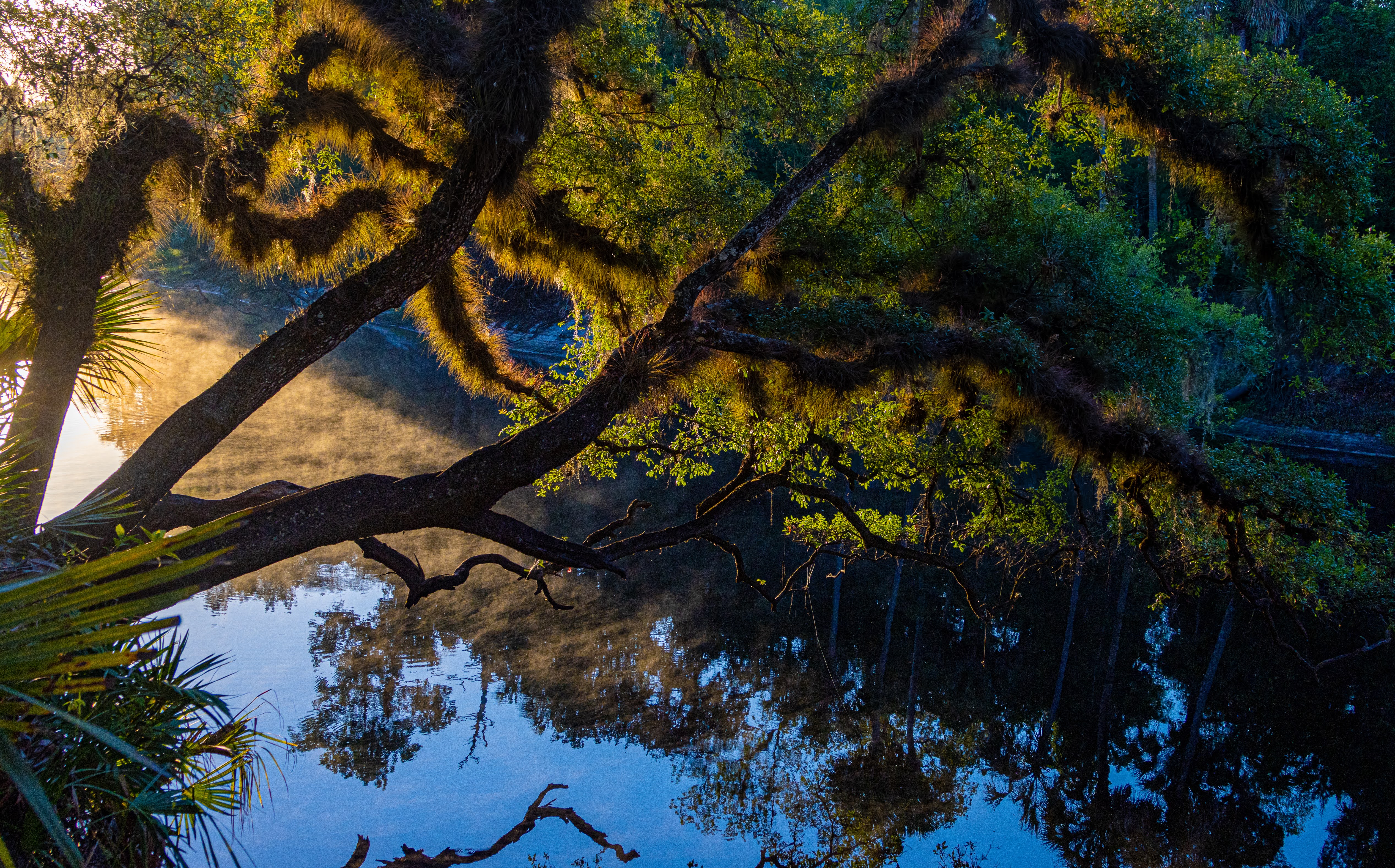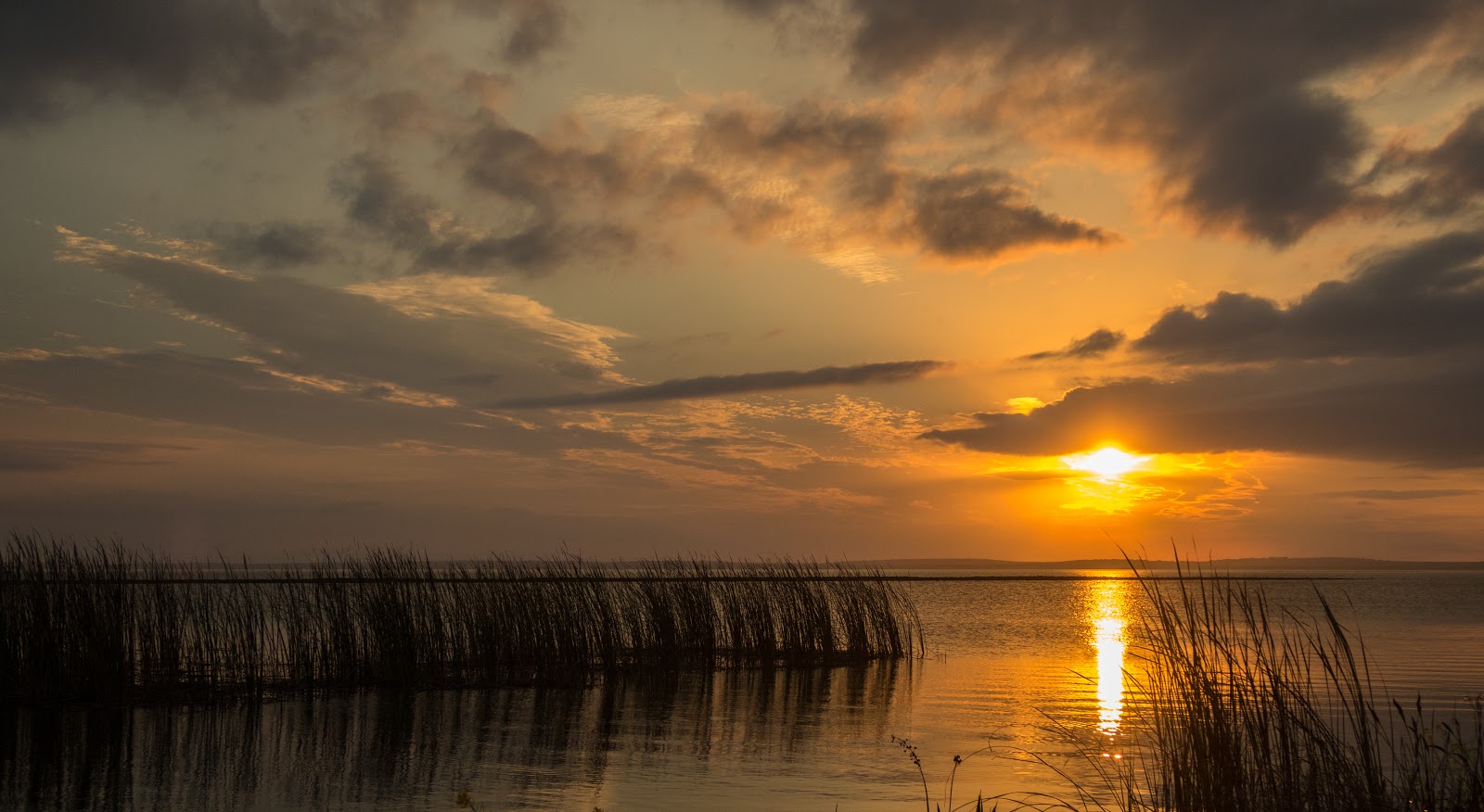A Calculation for Equilibrium Climate Sensitivity (ECS)

Tree Overhanging the Econ River, Little Big Econ State Forest, May 9, 2021 My interest in "wood romances" spans the gamut from nature photography to hiking, to conservation, to understanding the future impacts of climate change. I frequently participate in on-line discussions on these matters, and many of the same issues get recycled in numerous contexts. I've taken to addressing these in relatively short responses so that I don't have to rewrite the same arguments, evidence and calculations. Here is a basic calculation of equilibrium sensitivity (ECS) that I did recently. ECS is the amount of increase in global mean surface temperature (GMST) after reaching equilibrium with a doubling of CO2 concentrations. There are many ways to do this, and this is a simple energy balance equation that uses empirical data for various forcings to arrive at the estimate. This of course is not the end of discussion on the matter. Many scientific studies have been written estimating t...

